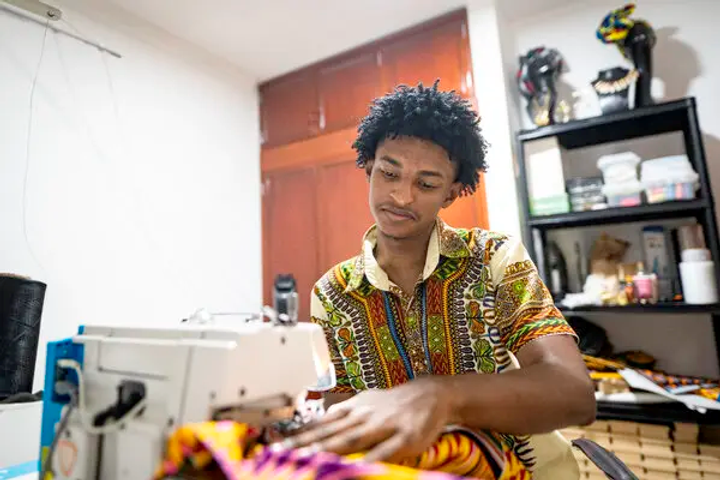By: Chloe Huang
The results of the recent Columbian elections have been tallied and Francia Máquez is to be Columbia’s next vice president. In assuming this role, she is making history as the first black vice president. As a member of the minority race in Columbia, Máquez’s appointment celebrates the achievement of Afro-Caribbeans.
Other black Columbians have also been making waves in their respective fields. There is a growing movement in Columbia that spotlights and celebrates African achievement and culture. This is especially true in the fashion scene, and Máquez emphasizes that in the clothes she wears. In the center of this is Esteban Sinisterra Paz, the designer of Máquez’s clothes.
Paz is a 23-year-old university student with no formal design training. Yet, Columbia’s top clients are asking for his work. His fashion line, called Esteban African, contains distinctly African inspirations. Currently, he is at the forefront of the growing movement in Columbia to celebrate and acknowledge Afro-Caribbeans culture.
Paz led a similar life to the millions of other black Columbians in Columbia today. He is from Santa Bárbara de Iscuandé, and his poor family had to move multiple times in his childhood because of Columbia’s decades-long internal conflict. He learned to sew from his aunt and grandmother and started his fashion line with these skills.
Starting a fashion line was not necessarily how he expected his life to turn out. Initially, he started making clothes because he needed the money. “Esteban African,” he said of his clothing line, “began out of a necessity to bring money home.” But as more clients began lining up to request his work, it turned into something more.
Other fashion designers see this as a form of activism. Lia Samantha Lozano, who is 41, became the first black women to have a runway show at Colombiamoda, Columbia’s biggest fashion event, in 2014. Now, Lozano runs her own shop selling hip-hop inspired designs in a major shopping mall in Bogotá, one of the capital cities of Columbia.
“Colonization tried to erase Black people. A big part of the plan was to make us feel ashamed of who we are, of our colors, of our culture, of our features,” said Lia Samantha Lozano. “To wear this every day, not as ‘fashion,’ not to dress up for a special occasion, but as way of life, as something you want to communicate every day — yes, it is political. And, yes, it is a symbol of resistance.”
Enslaved Africans were brought to Columbia in the sixteenth century, and today they make up between 6 to 9 percent of the population. Because of the systematic oppression they faced and continue to face today, they are among the poorest ethnic groups in Columbia. But with the work of these Afro-Columbian politicians and artists, they are gaining more recognition and acceptance.
Source:











